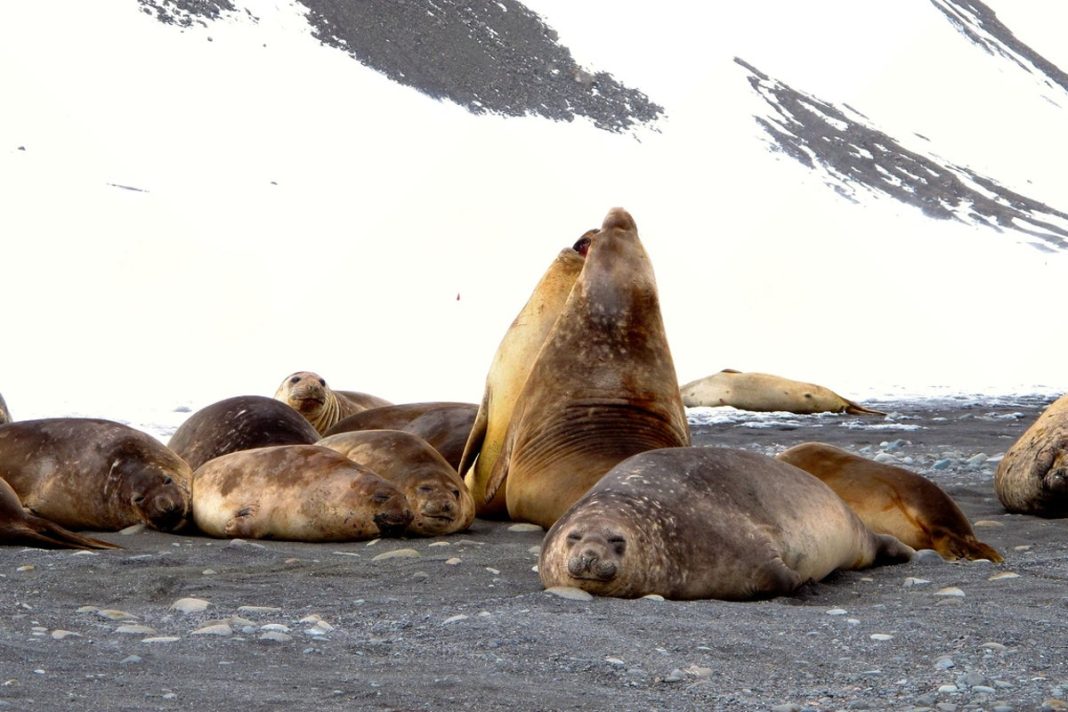Key Takeaways
- Hundreds of seal pups found dead on remote Heard Island
- Australian scientists suspect global H5N1 bird flu outbreak
- Samples sent for urgent testing to confirm virus presence
- Australia remains last continent free from the deadly strain
Hundreds of seal pups have been discovered dead on Heard Island in the sub-Antarctic, with Australian scientists urgently investigating whether the destructive global H5N1 bird flu outbreak is responsible.
The virulent H5N1 strain has caused millions of deaths among wild birds and mammals since 2021, also affecting poultry and dairy farms worldwide and infecting some farmworkers.
Testing Underway for Confirmation
While “not a confirmed detection” at this stage, Australia’s agriculture department is sending samples from the dead seals for urgent testing. The ministry noted that symptoms consistent with H5 bird flu on Heard Island were “not unexpected,” as the virus has already been detected on nearby French Kerguelen and Crozet islands.
Heard Island would represent the farthest reach of the flu in the Antarctic since it arrived from South America in 2023.
Remote Breeding Ground at Risk
Formed by a 2,745-meter (9,006-foot) volcano rising from the sea more than 4,000 km southwest of Perth, Heard Island serves as a critical breeding ground for large populations of penguins, seals and seabirds.
Scientists from Australia’s Antarctic Division spent 10 days on the island and initially found healthy animals until late in their expedition when they encountered the mass mortality event.
“It was a significant proportion of the pups in that section of beach,” said ecologist Julie McInnes, who participated in the research trip.
Ongoing Monitoring and Preparedness
Researchers remain uncertain whether the virus will spread to other areas or species on the island and plan to visit again around year-end for further assessment.
The agriculture ministry emphasized that confirmation of bird flu would not substantially increase the risk of its spread to Australia. However, Australia has been actively preparing for H5N1’s potential arrival by tightening biosecurity at farms, testing shore birds, vaccinating vulnerable species, and developing comprehensive response plans.





